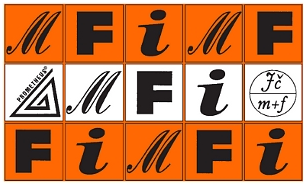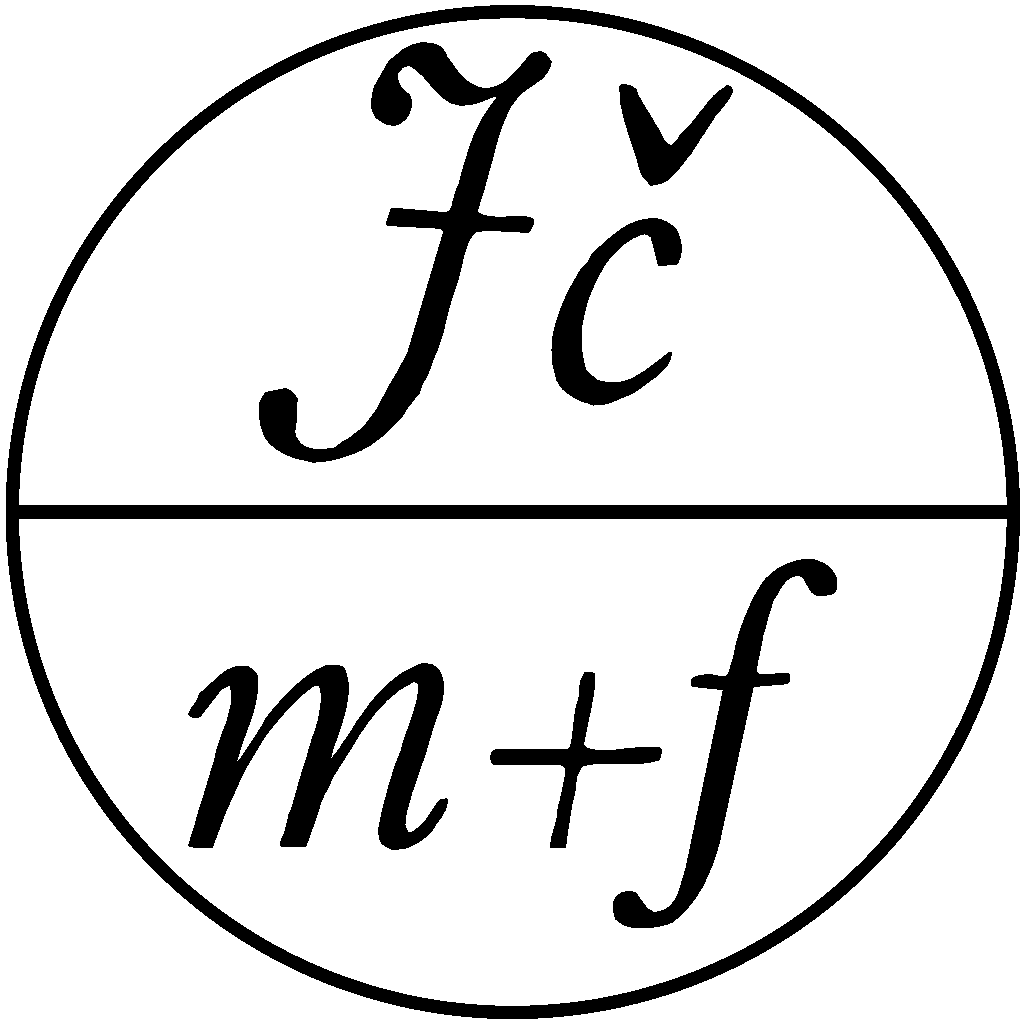Solar energy and photovoltaics
Abstract
The sun sends 175,000 TW of power of solar radiation to Earth, while worldwide consumption is only 15 TW. The sun is a virtually inexhaustible source available to mankind. There are many advantages to compare with classical fossil fuels. Application of the photovoltaic effect is based on solar cells prepared both on inorganic and organic materials and recently also on perovskites. The main part of the cells is P-N junction. Light generates electron-hole pairs or excitons that produce an electric current in the external circuit after being separated by the electric field of the junction. The highest efficiency is attained by silicon cells and some other inorganic materials but also the efficiency of organic cells is now so high that these cells are interesting from an economic point of view because of their relatively simple and cheap preparation. As far as the perovskite cells the main problem is the stability.In many countries, the modules and panels are used in power plants which are designed with increasing power. They deliver electricity to a considerably large part of urban agglomerations. Houses equipped with roof panels and accumulators can be either fully or partially self-sufficient.
Downloads
Published
How to Cite
Issue
Section
License
Autoři, kteří publikují v tomto časopise, souhlasí s následujícími body:
- Autoři si ponechávají copyright a garantují časopisu právo prvního publikování, přitom je práce zároveň licencována pod Creative Commons Attribution licencí, která umožňuje ostatním sdílet tuto práci s tím, že přiznají jejího autora a první publikování v tomto časopisu.
- Autoři mohou vstupovat do dalších samostatných smluvních dohod pro neexkluzivní šíření práce ve verzi, ve které byla publikována v časopise (například publikovat ji v knize), avšak s tím, že přiznají její první publikování v tomto časopisu.

Obsah časopisu podléhá licenci Creative Commons Uveďte autora 3.0 Česko








